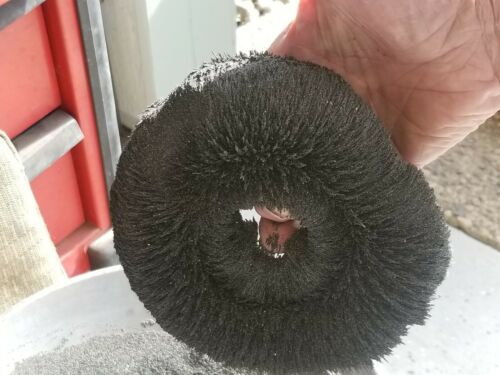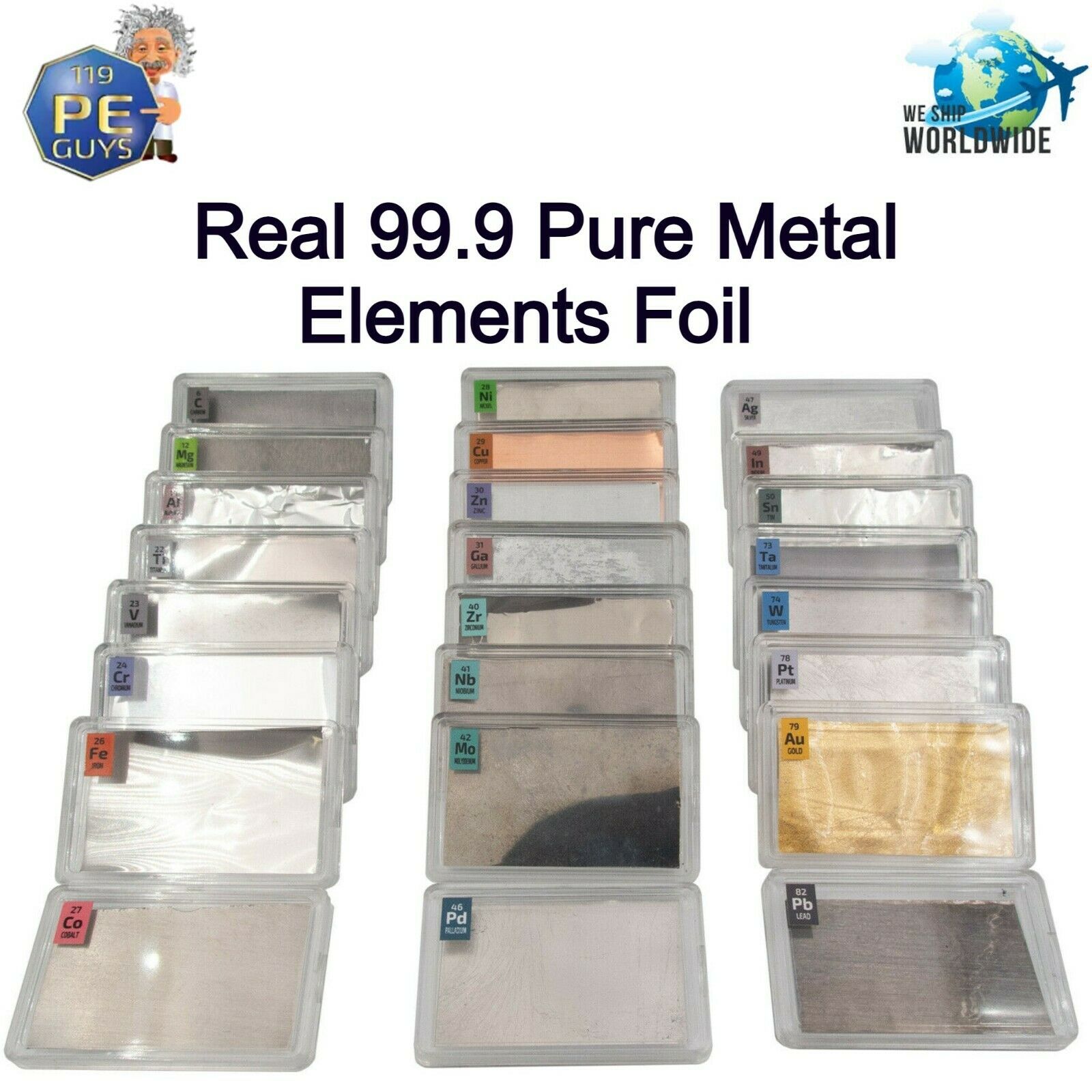-40%
"FIESTA RED" (Orange) PLATE, 6", 1936-1943 FIESTAWARE, .00, PLUS S/H
$ 13.2
- Description
- Size Guide
Description
.00 each plate, plus shipping"FIESTA RED" PLATES
by HOMER LAUGHLIN
FIESTAWARE CERAMICS
Made in West Virginia, USA
Original Vintage Plates, 1936-1943
The glaze has excellent durability;
these vintage plates are more than 70 years
old, yet they are in remarkable good condition.
Their weights vary slightly from plate to plate
because they were handmade. The orange glaze
gets its color from 14% natural uranium in the
glaze. Using Bicron or Ludlum instruments, the
activity level measured in the plates is at a
middle / moderate level, comparable to that in
natural unprocessed ore. Fiesta Ware plates
made after 1943 were still named Fiesta
Red, but they lacked the uranium
oxide colorant in their glaze.
RADIATION HORMESIS
Enclosed with the FiestaWare plate will be a
reprint of a Wickipedia article on the topic of
radiation hormesis.
This principle states that,
external exposure to low-level ionizing radiation
near the threshold is beneficial to health because
it activates defense-mechanisms in the body that
resist against toxic effects. Hormesis is controversial,
but this principle has been approved by the U.S.
federal Environmental Protection Agency, by
the French Academy of Sciences, and by health-
support agencies in China and Japan. The 2017
EPA pronouncement likened mild radiation
exposure
to mild exposure to summer sunlight.
SHIPPING
FLAT-RATE SHIPPING: 1-4 PLATES
As many as four of these plates can
ship combined in a medium-sized flat-rate
priority mail box. Thus, the postage expense
is the same for one to four plates. The plates
will be wrapped with cushioning materials
to ensure that they arrive in perfect
unbroken condition. Printed matter
describing the early history of
the plates and of the New Mexico
mining industry, will be enclosed.
.00 each plate, plus .05 shipping
(Shipping cost flat-rate for 1-4 items, combined)
"FIESTA RED" FIESTAWARE PLATES
Made with Natural Uranium Glaze, 1936-1943
General
The accompanying photo shows two pieces of Fiesta ware produced by the Homer Laughlin Company of
West Virginia: a Fiesta red saucer and an ivory bowl. In each case, uranium was used to provide the color of the glaze. Although the radioactivity of both is easily detectable, that of the Fiesta red is head and shoulders above the ivory.
The Fiesta dinnerware line was introduced in 1936 with a choice of five colors: red, blue, green, yellow and ivory. Red was the first color that the company selected when designing the product, and blue was the second (these were the colors of the Fiesta ware that Andy Warhol collected). Since the idea was to mix and match the dinnerware, the five colors had to be compatible.
Fiesta red has always been the most popular color even though it was the most expensive. The higher price was due to the cost of the raw materials and the fact that the production of the red required a greater level of control during the firing process.
The red color was achieved by adding uranium oxide in the glaze
-
measurements have indicated that by weight, up to 14 % of the glaze might be uranium.
How much glaze was employed per plate is unclear but it has been estimated that a single plate contains 4.5 grams of uranium (Buckley et al). Piesch et al estimated the glaze thickness at 0.2 mm.
Since this uranium could be used in the production of an atomic bomb, Fiesta red became a victim of World War II when the
US
government confiscated the company’s stocks of uranium. Fiesta red disappeared until 1959 when production resumed, this time using depleted uranium (DU) rather than the original natural uranium. The Fiesta red plate in the above photo was made from depleted uranium while the ivory plate was made from natural uranium.
In 1969 the entire Fiesta ware line was discontinued, and in its place the company produced what was known as Fiesta Ironstone. The latter, which was only manufactured in Fiesta red (aka Mango Red), didn’t last long. It was discontinued in 1973.
This was the end of Fiesta red.
Years later, in 1986, a new line of Fiesta ware was introduced but without the red color.
1936 – 1943
Fiesta red was produced using natural uranium
1959 – 1969 Fiesta red Fiesta Ware was produced using depleted uranium
1969 - 1973 Fiesta red Fiesta Ironstone was produced using depleted uranium
It is worth noting that the use of uranium to produce a red ceramic glaze was not limited to Fiesta ware.
Almost any antique ceramic with a deep orange/red color is likely to be radioactive, e.g., that produced by the Bauer Pottery Company.
In addition, various manufacturers, including the Homer Laughlin Company, have used uranium to give their ceramics other colors, e.g., yellow, green, brown.
Buckley et al estimated that 2 million pieces of dinnerware between 1959 and 1969 that employed uranium containing glaze.
Estimates of Radiation Exposures
A very detailed analysis of the radiation exposures due to uranium in dinnerware can be found in the Nuclear Regulatory Commission publication “Systematic Radiological Assessment of Exemptions for Source and Byproduct Materials” (NUREG 1717).
There are three principal radiation exposure pathways associated with Fiesta Ware and other uranium containing tableware:
1. Exposure to the body from the gamma rays emitted by radionuclides in the ceramic glaze
Buckley et al reported exposure rates of 0.5 and 15 mR/hr at the surface of a dinner plate and 0.002 and 0.3 mR/hr at one meter.
The following effective dose equivalent rates were reported in NUREG-1717 for the gamma rays emitted by uranium-containing dinnerware (20 % by weight uranium):
Distance
10” Plate
3.5” Cup
1 foot
6.5 x 10
-4
mrem/hr
3.7 x 10
-4
mrem/hr
3 feet
7.7 x 10
-5
mrem/hr
4.1 x 10
-5
mrem/hr
6 feet
1.9 x 10
-5
mrem/hr
1.1 x 10
-5
mrem/hr
.00 each plate, plus .05 shipping
(Shipping cost flat-rate for 1-4 items, combined)
===============================================




















